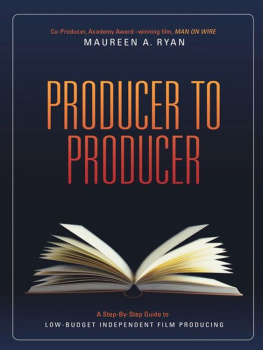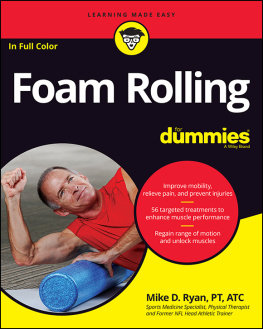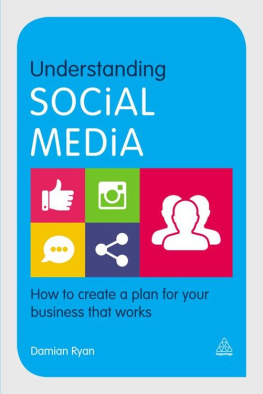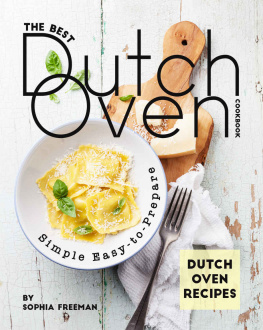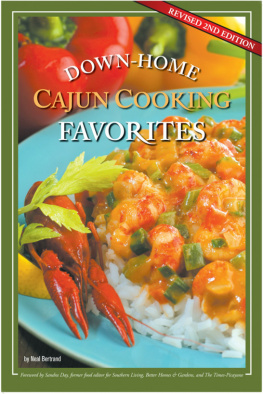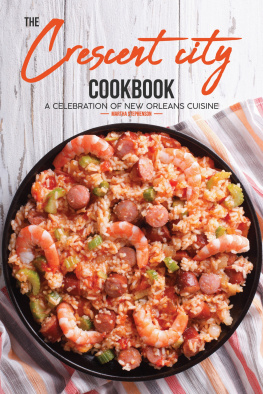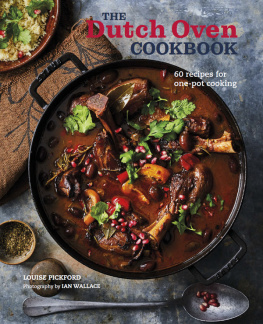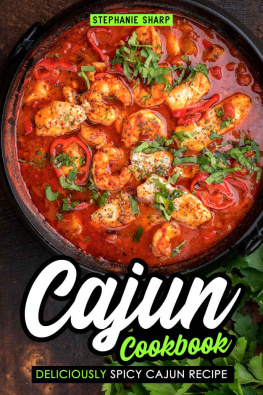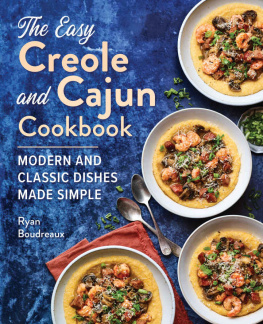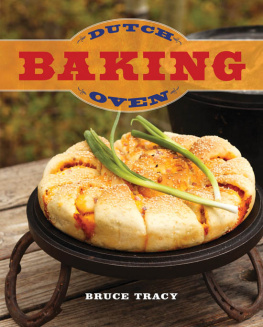Dutch Oven Cajun and Creole
Bill Ryan

Dutch Oven Cajun and Creole
Digital Edition 1.0
Text 2012 Bill Ryan
Photographs 2012 Zac Williams
All rights reserved. No part of this book may be reproduced by any means whatsoever without written permission from the publisher, except brief portions quoted for purpose of review.
Gibbs Smith
P.O. Box 667
Layton, Utah 84041
Orders: 1.800.835.4993
www.gibbs-smith.com
ISBN: 978-1-4236-2526-1
To my son Will; for joining scouts and allowing me to play along. As you made your way to becoming an Eagle Scout, I learned a new hobby of Dutch oven cooking. Mom and I are proud of you!
To Lake Bistineau State Park in Doyline, Louisana; for all the support provided for our monthly Dutch oven gatherings where many of these recipes were created, tested, and approved of to be good.
To Jeff and Stephine Jimes; Stephine for allowing Jeff to come outside and play, and Jeff, for all the conversations we have had while driving over 15,000 miles since 2007 to attend cook-offs, and for all the dishes we have dreamed up while on the road. Heres to many more miles and cook-offs, my friend.
To my best friend, lover, and wife Laura; thanks for letting me have fun with this, and for being honest and telling me to never cook a dish again and throw that recipe away. I fall in love with you all over again each day.
Dutch Oven Cooking
From the early days of discovering the Americas, the Dutch oven has been utilized for cooking in everyday life. No one really knows who invented the first Dutch oven, but a silversmith named Paul Revere is credited with making changes by adding the three legs on the bottom and a flanged lid. With new technology providing other materials such as stainless steel or Teflon, the use of cast iron for everyday cooking started to decline in the 1950s. But over the last several decades, groups of folks have formed societies with the purpose of preserving the art of Dutch oven cooking. Why cook in Dutch ovens? Because its fun, easy to do, and the food tastes great.
The Right Oven
When I teach a Cast Iron 101 workshop, there are two questions always asked: What size oven do I need? and How do I control the temperature? Lets look at getting the right oven first. There are several manufactures of ovens on the market today. The two most popular are Lodge and Camp Chef, but there are also several other brands that are available. Whichever you choose, there are a few basic things to look for in a Dutch oven.
The walls and bottom of the oven should have a smooth finish inside and out, with no marks, deep scratches, cracks, or grind marks. The lid should fit snugly all the way around with no gaps. New ovens will either be seasoned or unseasoned. If the oven is unseasoned, when you inspected it, you will notice a light wax coating that has been applied to keep the oven from rusting.
Many sporting goods stores carry Dutch ovens and you can also find bargains at garage sales or flea markets. The chart on page 6 will give you an idea of about what size you need to purchase based on the number of servings you will need. The most common size is a 12-inch Dutch oven.
| Oven Size | Oven Capacity | Serving Sizes |
|---|
| 8-inch | 2 quarts | Main dish for 24 servings | Side dish for 610 servings |
| 10-inch | 4 quarts | Main Dish 28 servings | Side dish 1012 servings |
| 12-inch | 6 quarts | Main dish 610 servings | Side dish 1216 servings |
| 12-inch deep | 8 quarts | Main dish 614 servings | Side dish 1622 serving |
| 14-inch | 8 quarts | Main dish 614 servings | Side dish 1622 servings |
| 14-inch deep | 10 quarts | Main dish 1222 servings | Side dish 1826 servings |
| 16-inch | 12 quarts | Main dish 2636 servings | Side dish 4860 servings |
Seasoning the Oven
New ovens today are already seasoned; you can take them right out of the box and start using them. If you purchase an oven that is not, you will need to cure or season it before cooking with it. The first step is to wash it with soap and hot water to remove the thin coat of wax that has most likely been applied to it. Then dry your oven with a little heat, just enough to remove any excess water. Using lard, bacon grease, or cooking oil, cover the oven to include the lid, inside and out, with a light coat. Place the oven either in your house oven, grill, or some other covered heat source at 400 degrees for 1 hour. Allow the oven to cool, about 2 hours, apply a second coat of grease, and heat again at 400 degrees for another hour. If you are seasoning your Dutch oven in the house, beware that the smell will be similar to when you self-clean an oven.
Your oven is now ready for cooking. For the first couple of times using a newly seasoned Dutch oven, avoid cooking anything that is high in acid. This will help in building up the coating on the oven. Overtime, with continued use of your oven, the pores will fill, creating a smooth nonstick surface.
Cleaning Your Dutch Oven
If you take care of your ovens, they will last for generations. There are several methods for cleaning Dutch ovens. I recommend that once your oven is seasoned; never use any type of soap. I clean my pots by using heat and a vinegar-water solution (1 part vinegar to 4 parts water). Clean your ovens while they are warm, you might need to reheat them, by scraping out any remaining food using a plastic scraper. Spray with the vinegar solution and scrub with a nylon brush to remove any remaining food particles. Leave the oven on the heat to dry out any moisture and then set aside and cool. Coat the oven with a light layer of oil. I use mineral oil as it will not go rancid when stored. However, you can use vegetable oil if you choose.
Another method of cleaning your pot is to place it on a heat source and add a small amount of water. Once the water is heated, but not boiling, scrub with a nylon brush and repeat until the oven is clean. Then oil the oven for storage.
Some folks say that you dont need to oil your ovens; this will depend on where you live. Being in the south and high humidity, we have to put on a light coat of oil or the oven will rust.
Storing Your Dutch Oven
Once you have cleaned your oven; place a paper towel or coffee filter inside the oven. This will absorb any moisture that is left in the cast iron. Fold a paper towel or coffee filter several times, place over the edge, and put the lid on. This will allow the oven to breathe and prevent a moisture chamber from forming inside. You can store your oven in custom made bags, the original box, or even design a wooden box. This also aids in transportation of the ovens.
How to Control the Heat
The hardest part of using a Dutch oven is learning how to control the heat. There are many different methods that can be used. Try different ways of heating your pot until you find a style that fits your needs. Here is the method that I teach; its called the Rule of 3. Take the size of the oven that you are going to use, lets say a 12-inch oven, and use 3 less coals on the bottom than the number of inches and 3 more coals than the number of inches on the top. That would be 9 coals on the bottom and 15 coals on the top. This will yield an internal temperature of about 325 degrees. For every 2 coals you add, the heat will increase about 25 degrees.


